In the windswept region of Landes, in southwestern France, 19th-century shepherds towered above the marshy heathland. They were striding gracefully across soggy fields on wooden stilts, sometimes over five feet tall.
These curious-looking figures weren’t part of a circus act. They were practical, poetic-like fixtures of the landscape, part of a now-vanished culture uniquely adapted to its terrain.
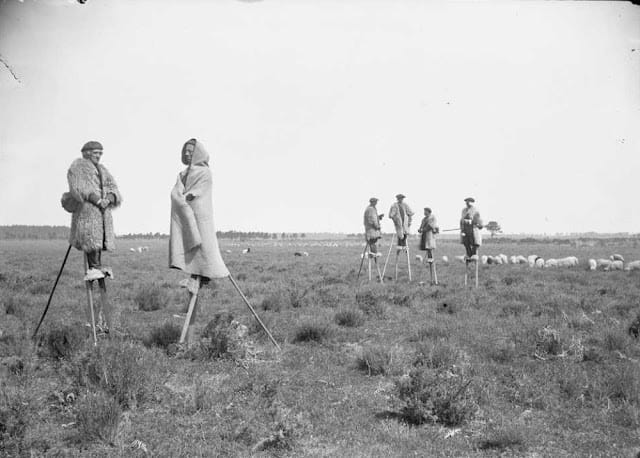

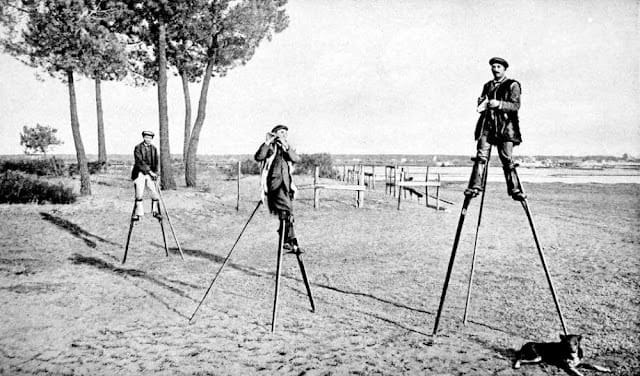
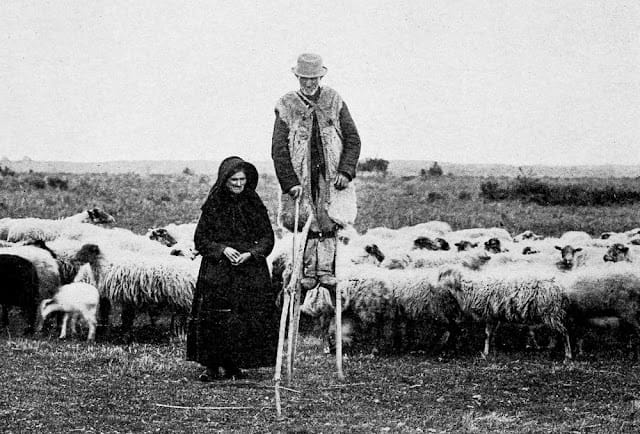
Why Stilts?
The Landes was once a vast, boggy plain, carpeted with wild heather and unpredictable wetlands. Sheep grazed across this spongy land, but herding them on foot was nearly impossible.
So shepherds strapped on stilts called échasses, and suddenly had a bird’s-eye view of their flocks. With a long staff in hand for balance, they became elegant walkers of the sky, able to cover ground quickly and spot strays with ease.
Some even knit or spun wool while perched high above the ground, balancing effortlessly as they tended to their work.

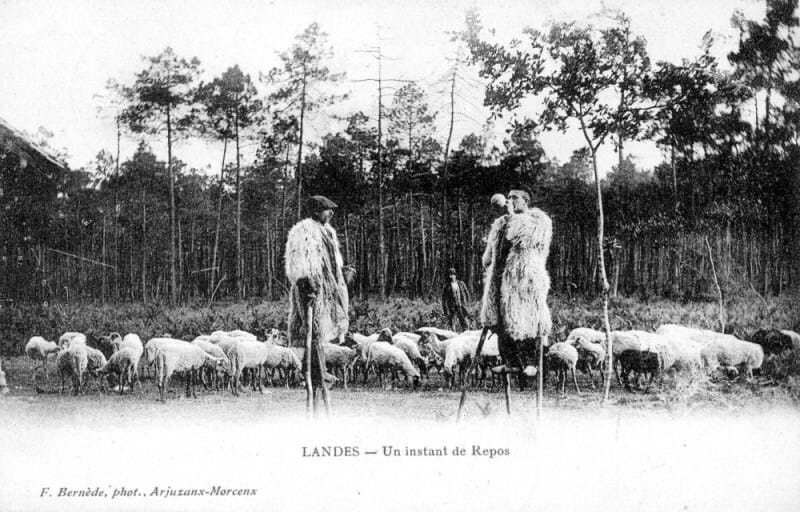
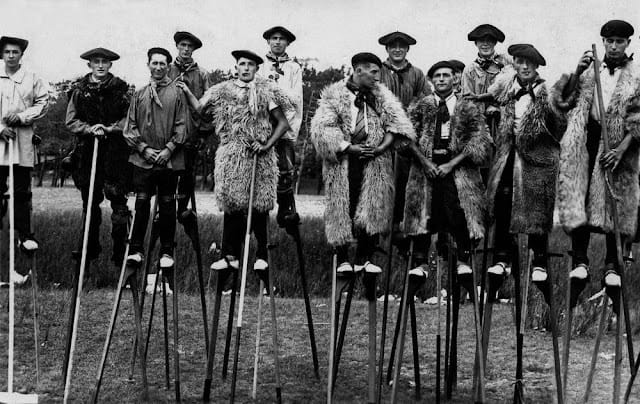
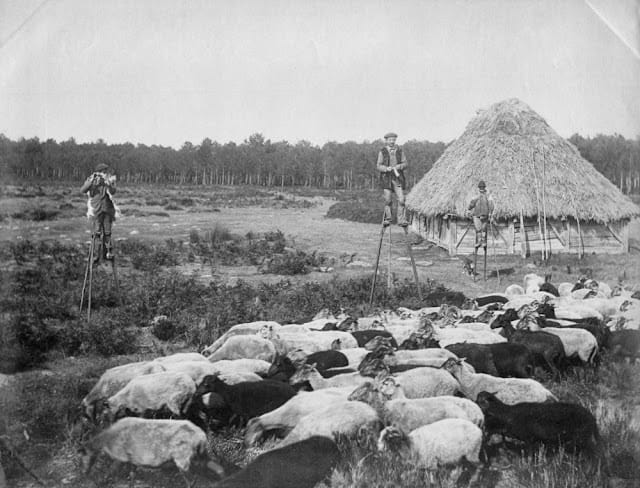
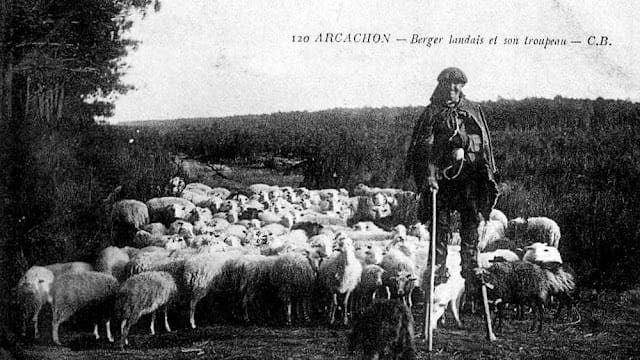
More Than Just Practical
Over time, stilt walking became a proud local tradition. Children learned young, and village festivals often featured stilt races, dances, and even games of stilt soccer. These towering figures became a cultural icon of the region. A true blend of rustic ingenuity and quiet spectacle.
But by the early 20th century, as forests were planted to drain the wetlands and modern roads crept in, the need for stilted shepherding faded. Today, the practice survives only in festivals and historical reenactments, a ghostly echo of a more vertical past.
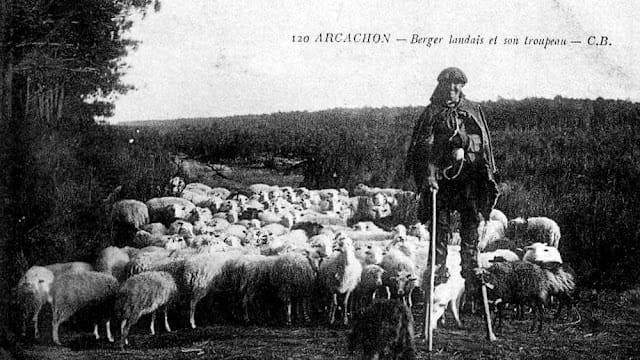
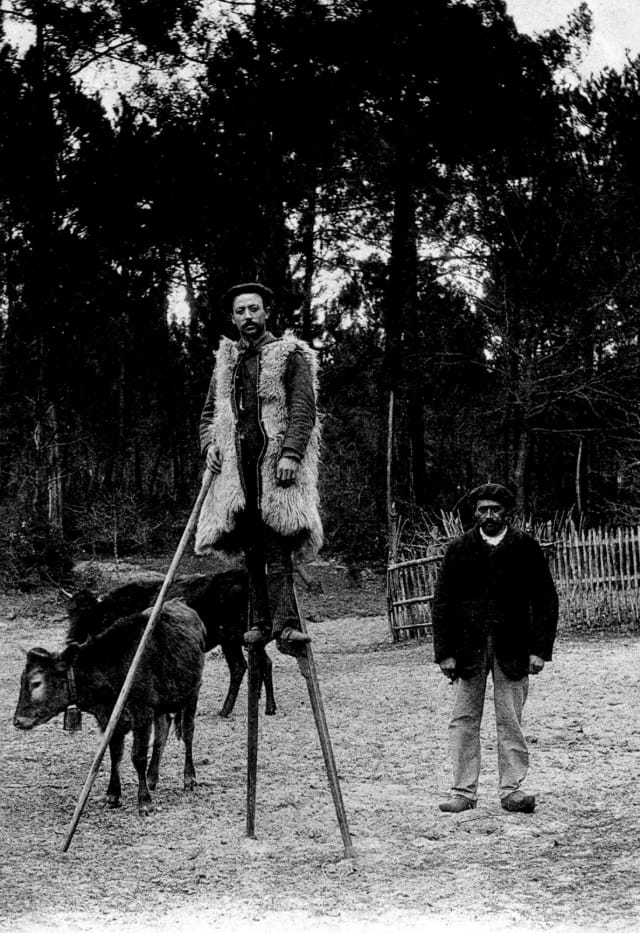

An Elegy for the Elevated
There’s something dreamlike about it: a wool-cloaked figure gliding across a misty plain on stilts, half-human, half-myth.
The stilt shepherds of Landes remind us that innovation doesn’t always mean technology. Sometimes it means rising above the problem—literally—and meeting the landscape where it is.
The post The Stilt Walking Farmers of Landes, France appeared first on Moss and Fog.
